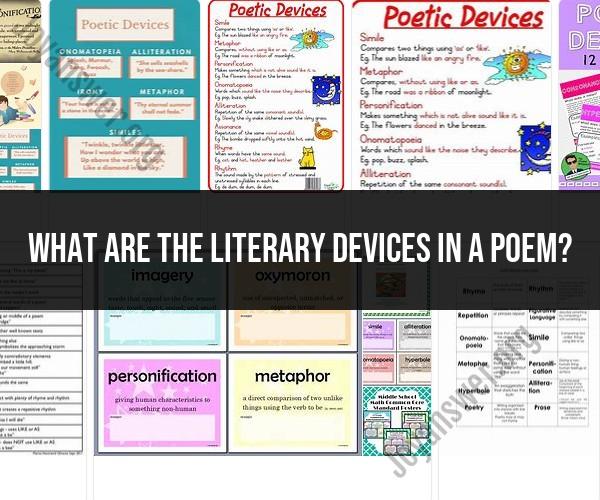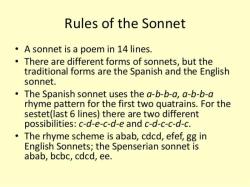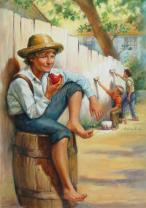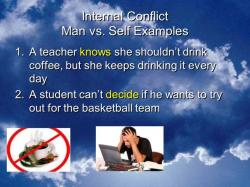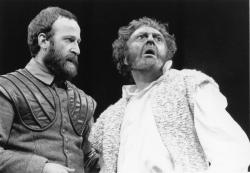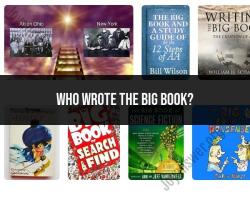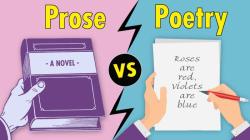What are the literary devices in a poem?
Literary devices are tools and techniques that poets use to enhance the meaning and impact of their poems. They add depth, nuance, and emotion to the words on the page. Here are some common literary devices found in poems:
Metaphor: A metaphor is a figure of speech that directly compares two seemingly unrelated things to create a vivid image or convey a deeper meaning. For example, "The world is a stage."
Simile: Similar to a metaphor, a simile also compares two things but uses "like" or "as" to make the comparison explicit. For example, "Her smile was as bright as the sun."
Personification: This device gives human characteristics or qualities to non-human entities, such as animals, objects, or abstract concepts. For example, "The wind whispered through the trees."
Alliteration: Alliteration is the repetition of consonant sounds at the beginning of words in a line or phrase. For example, "She sells seashells by the seashore."
Assonance: Assonance is the repetition of vowel sounds within words in close proximity. For example, "The rain in Spain falls mainly on the plain."
Consonance: Consonance is the repetition of consonant sounds within words or at the end of words. For example, "pitter-patter" or "tick-tock."
Imagery: Imagery uses vivid and descriptive language to create mental pictures or sensory experiences for the reader. Poets often use sensory details like sight, sound, taste, touch, and smell to create imagery.
Symbolism: Symbolism is the use of objects, characters, or elements in a poem to represent deeper, often abstract, concepts or ideas. For example, a dove may symbolize peace.
Hyperbole: Hyperbole involves exaggeration for emphasis or effect. It's not meant to be taken literally. For example, "I've told you a million times."
Irony: Irony is a contrast between what is expected and what actually happens. There are several types of irony, including verbal, situational, and dramatic irony.
Onomatopoeia: Onomatopoeia refers to words that imitate or suggest the sounds they describe. Examples include "buzz," "murmur," and "clang."
Repetition: Repetition involves repeating words, phrases, or lines for emphasis or to create a rhythmic or poetic effect.
Enjambment: Enjambment is the continuation of a sentence or phrase from one line of poetry to the next without a pause or break. This can create a sense of flow and momentum.
Rhyme: Rhyme is the repetition of similar sounds, typically at the end of lines in a poem. Common rhyme schemes include AABB, ABAB, and ABCB.
Meter: Meter refers to the rhythmic pattern of stressed and unstressed syllables in a line of poetry. Common meters include iambic pentameter and trochaic tetrameter.
These literary devices, among others, contribute to the richness and complexity of poetry. Poets use them strategically to convey their themes, emotions, and messages, making poetry a powerful and evocative form of expression.
